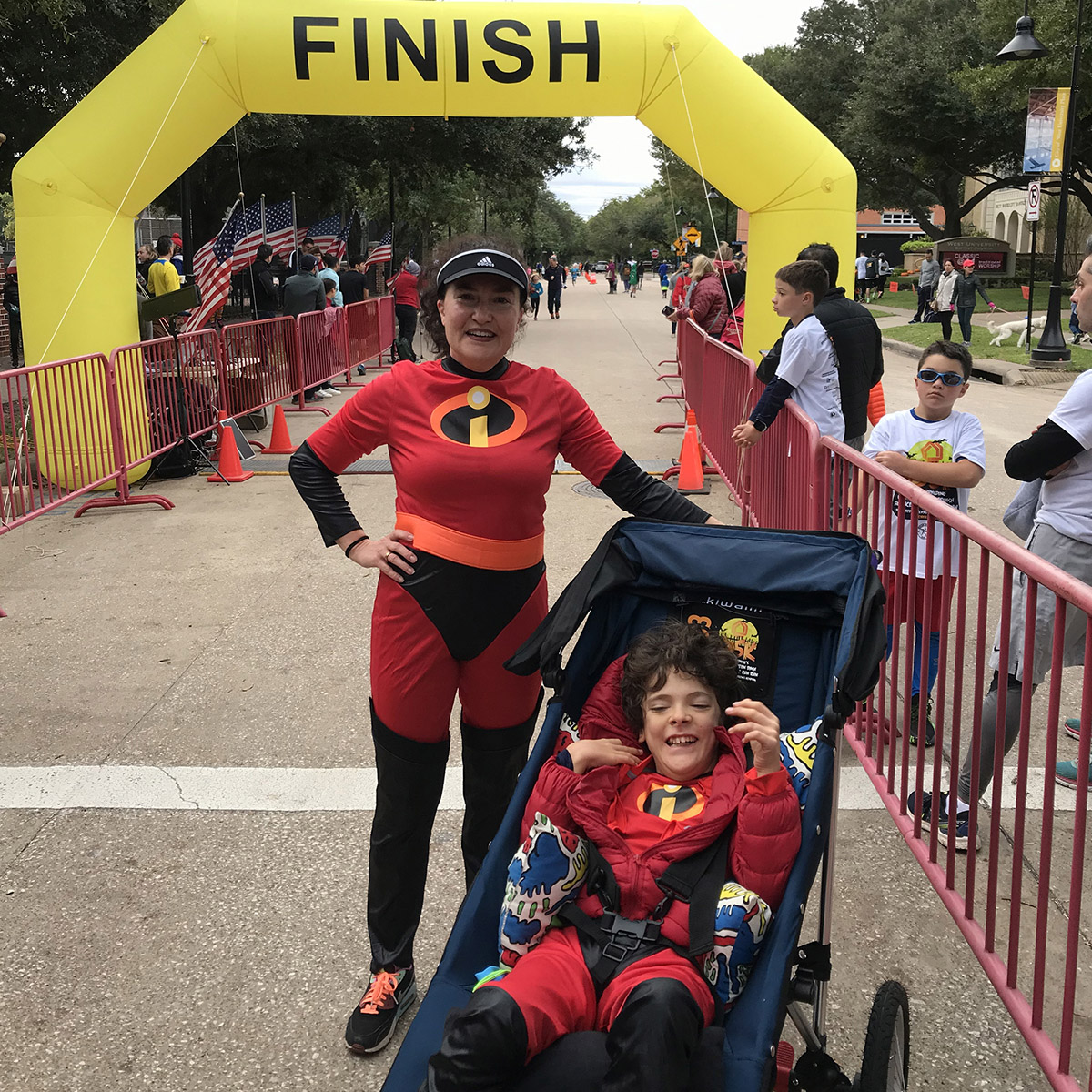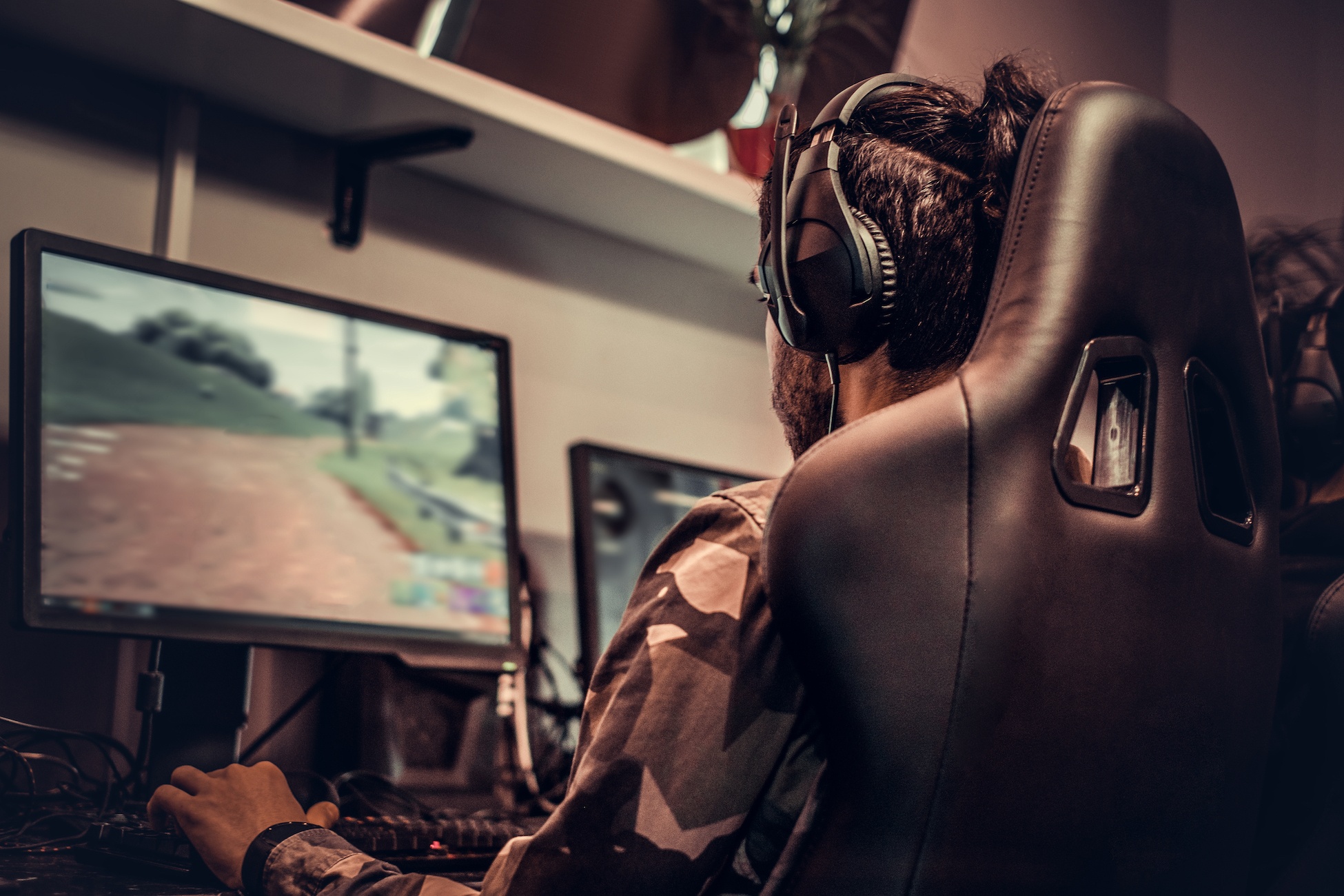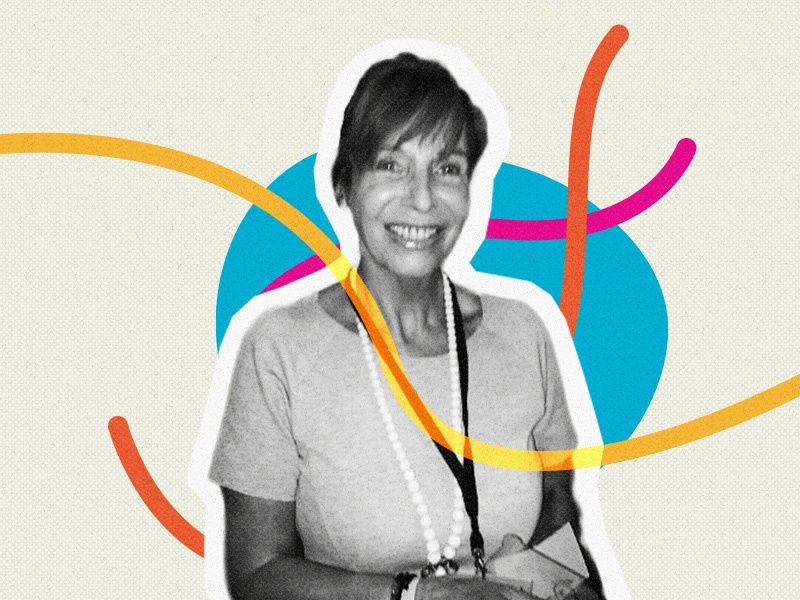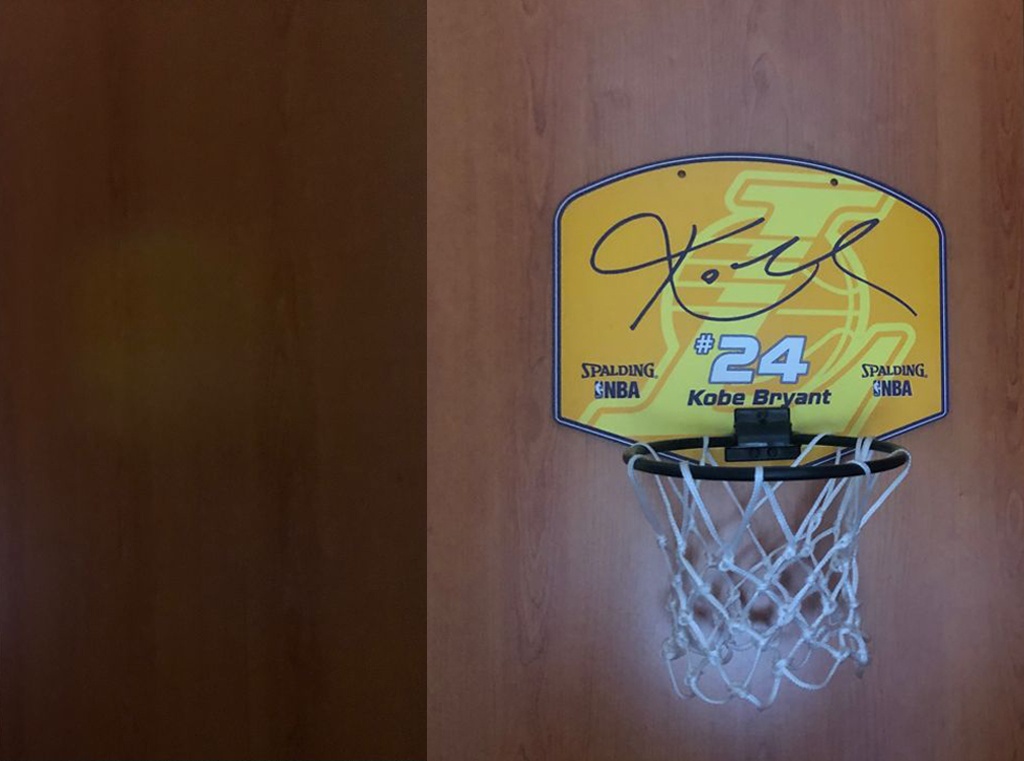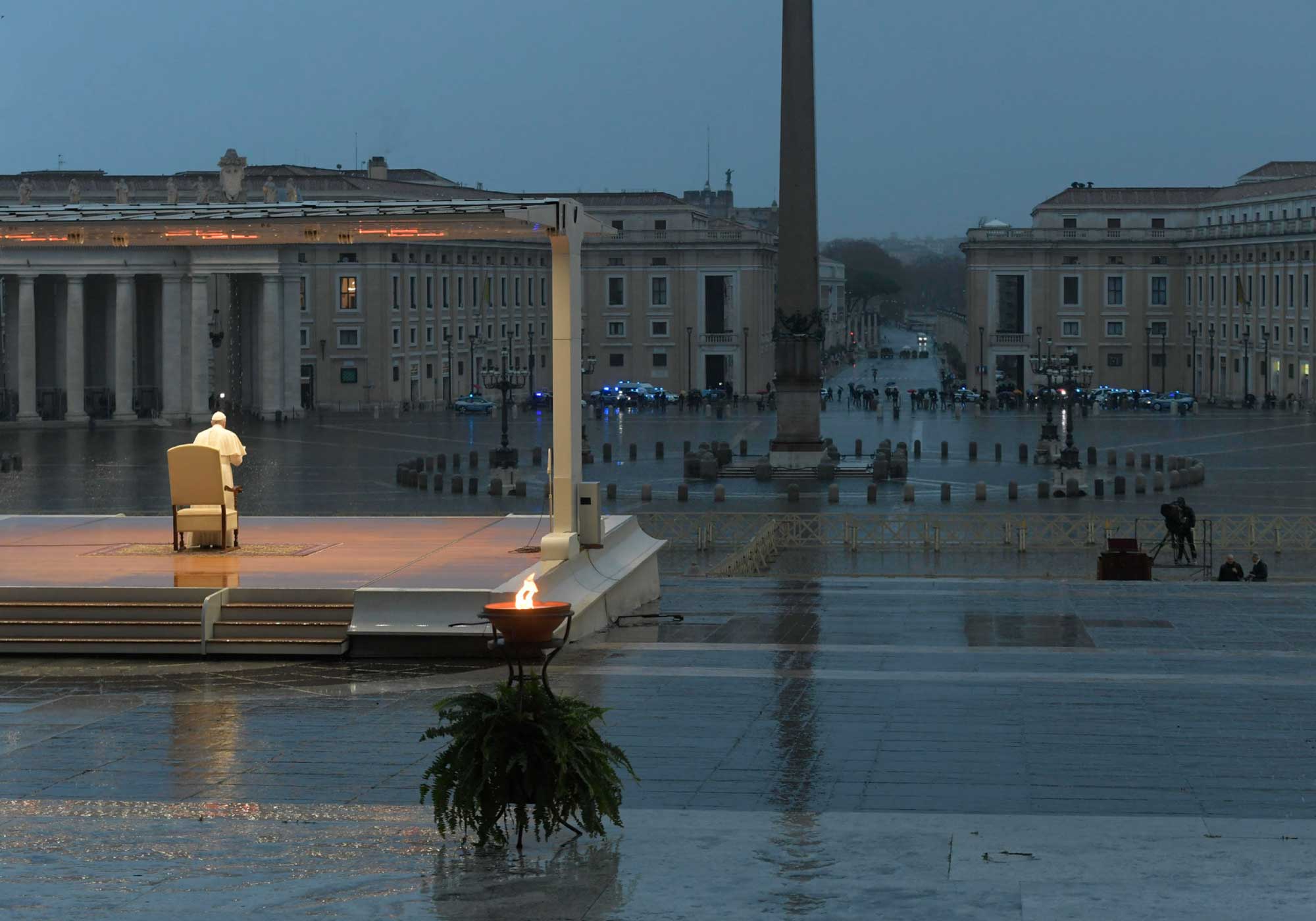
Sembra un’eternità ma sono passate solo settimane.
Settimane da quando ci si chiedeva: faccio in presenza o faccio virtuale?
Oggi la questione si sposta: faccio o non faccio?
Il virtuale è nato e cresciuto in un mondo dove c’era e c’è sempre stato uno spazio fisico.
La comunicazione digitale – quella che partiva da un banner, transitava per i vari influencer di vario ordine e livello e atterrava su eventi lanciati in rete ma poi realizzati in qualche locale alla moda o in un flash mob – è cresciuta perché conviveva con l’opzione della messa a terra fisica.
Qualche esempio facile ricordando il lontano febbraio 2020.
Il mondo della moda con le sue sfilate, la ristorazione con i ristoranti stellati o gli happy hour, il mondo della cultura con le grandi mostre, i viaggi, le aule universitarie piene di studenti. Ci si informava, ci si prepara, si studiava, ci si cercava sempre di più in rete, ma poi il “ci vediamo lì” la faceva da padrone.
Oggi, aprile 2020.
Che succede oggi al mondo del “ci vediamo lì”? Qualcuno dice sì, va bene, gli eventi li dobbiamo fare digitali. Qualcuno dice no, aspettiamo, a noi serve la presenza fisica.
Forse siamo davanti a uno dei casi in cui non possiamo lasciare ai posteri l’ardua sentenza, la sentenza dobbiamo cercare di darla ora, perché rischiamo di bloccarci dietro l’incapacità di trasferire quello che le nostre aziende, le nostre iniziative, l’utilità dei nostri servizi o prodotti hanno da dire al grande pubblico. E non possiamo permetterci il lusso di bloccare la comunicazione, oggi aprile 2020.
Andiamo indietro di qualche giorno: 27 marzo 2020.
Qui abbiamo anche un orario, ore 18 a Roma. O forse più orari. Ore 17 a Londra, 12 a New York, 19 a Gerusalemme, 24 a Pechino.
Papa Francesco I ha insegnato a tutti che oggi non si può scegliere se si vuole comunicare. E che non si può aspettare. Ha dato lui alla parola virtuale ora e subito un nuovo significato, o meglio, una lettura contestualizzata al momento.
È da quando Bernini ha disegnato e realizzato il magnifico colonnato che Piazza San Pietro è sempre stata il centro di eventi con presenza fisica. Analizzando il fenomeno non da osservanti ma da osservatori, si potrebbe dire che mai c’è stato momento di preghiera, di condivisione, di benedizione avvenuto in assenza di fedeli presenti in Piazza.
In un momento in cui non c’erano alternative, Papa Francesco ha scelto di comunicare con i fedeli – gli stessi che ritrovava sotto le sue finestre la domenica per la sua benedizione – solo, nel mezzo di una piazza terribilmente vuota ma virtualmente brulicante di milioni di fedeli.
Un’ora, un’ora di preghiera, che ognuno di noi potrà dire nel suo intimo quanto toccante e forte, arrivata solo in Italia a 17 milioni di persone davanti allo schermo tv e oltre 2 milioni collegati al pc.
La cosa che colpisce è che quasi nessuno abbia criticato questa scelta. In un Paese che è passato dall’essere pieno di allenatori della nazionale a patria di virologi professionisti della critica.
Perché scelta non c’era. O meglio la scelta c’era: fare o non fare.
Lui ha fatto, virtuale ora e subito.
E noi lo ringraziamo.
#iorestoacasa
Marina Rampin
